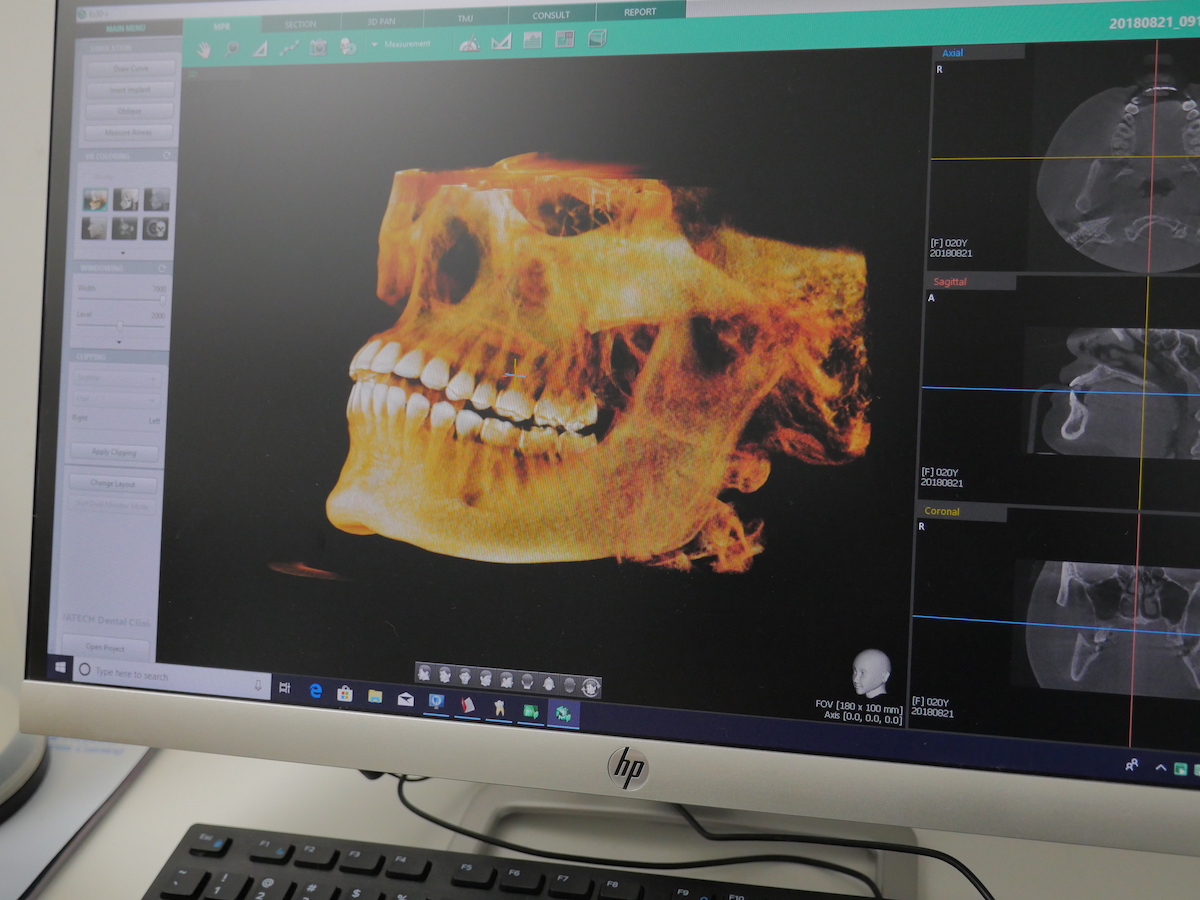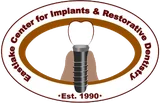3D Imaging
Modern dentistry has continuously advanced, providing patients and professionals with enhanced tools for diagnosis and treatment. One of the most cutting-edge technologies in use today is 3D imaging in Palm Harbor, FL. This technology has revolutionized how dental professionals visualize and assess oral structures, allowing for more accurate diagnoses and precise treatment planning. When you visit a dentist in Palm Harbor, FL, you may find that 3D imaging is playing an important role in your dental care, offering many advantages over traditional methods.
In this article, we will explore 3D imaging, how it works, its benefits in dentistry, and how it can improve treatment outcomes.

What is 3D Imaging in Dentistry?
3D imaging, or cone-beam computed tomography (CBCT), is a specialized dental imaging technology that captures detailed three-dimensional images of the teeth, gums, and jawbone. Unlike traditional X-rays, which only provide flat, two-dimensional images, 3D imaging offers a full, three-dimensional view of the oral structures, enabling dentists to see a comprehensive view of a patient's dental anatomy in greater detail.
The 3D imaging system uses a cone-shaped X-ray beam that rotates around the patient's head to capture a series of high-resolution images. Computer software then compiles these images into a single 3D image that can be manipulated and viewed from various angles. This allows the dentist to observe areas of concern that may be hidden in traditional X-rays. Contact us to learn more.
How Does 3D Imaging Work?
3D imaging technology uses advanced radiography techniques. A small, compact machine captures X-rays from various angles as it rotates around the patient's head. The X-ray data is then converted into 3D images that can be viewed on a computer screen, enabling our dentist to zoom in on specific areas of your mouth and gain a deeper understanding of your oral health.
The process is relatively quick and non-invasive, making it an excellent option for patients needing highly detailed images without the discomfort of traditional imaging methods. The images can also be adjusted for different perspectives, allowing for an in-depth look at complex issues such as bone structure, nerve location, and tooth alignment.
Key Benefits of 3D Imaging in Dentistry
Enhanced Accuracy
The primary advantage of 3D imaging is its ability to provide a more accurate representation of the patient's oral structures compared to traditional X-rays. For example, with 3D imaging in Palm Harbor, FL, our dentist can see the precise location of cavities, infections, or tumors that may not be visible through conventional X-rays. This allows for more accurate diagnoses and treatment planning.
Having a 3D view of the area helps the dentist plan procedures like dental implants, extractions, and orthodontics with great precision, ensuring optimal results.
Improved Treatment Planning
Whether you require orthodontic treatment, a dental implant, or a root canal, 3D imaging provides a complete and detailed view of the area. For instance, knowing the exact location of your jawbone and any critical nerves is crucial when placing dental implants. With 3D imaging, the dentist can avoid complications and ensure the implant is placed in the most effective position for long-term success.
Similarly, orthodontists use 3D imaging to create custom treatment plans for patients who need braces or clear aligners, ensuring that the treatment aligns with the patient's unique dental anatomy.
Non-Invasive and Quick
The process of capturing 3D images is quick and non-invasive. Unlike traditional methods, which may require multiple X-ray films or impressions, 3D imaging only takes a few minutes to generate an accurate, comprehensive image of your mouth. This reduces patient discomfort and minimizes the need for repeat visits or additional tests.
Enhanced Communication
Because 3D imaging provides clear and detailed views of a patient's oral structures, it improves communication between the dentist and the patient. The dentist can easily explain the findings, show the patient exactly where the problem is, and discuss treatment options in real time.
This ability to visualize the problem helps patients feel more involved in their treatment decisions and often results in greater trust between the patient and the dentist.
Reduced Risk of Errors
With traditional 2D X-rays, it can sometimes be difficult to see the full scope of an issue, which could lead to misdiagnosis or incomplete treatment planning. 3D imaging significantly reduces the risk of errors by providing a more thorough and accurate picture of the patient's dental anatomy. This leads to better treatment outcomes and fewer complications down the road.
The Applications of 3D Imaging in Dentistry
Dental Implants
One of the most common uses of 3D imaging is in dental implant placement. For a dental implant to be successful, it's crucial to understand the exact location of bone structures and the proximity to nerves and sinuses. Using 3D imaging, our dentist can accurately measure bone density, determine the most suitable implant placement, and assess potential risks. This level of precision increases the success rate of dental implant surgeries.
Orthodontics
Orthodontists use 3D imaging to assess the alignment of teeth and jawbones, which is essential for planning treatments such as braces or clear aligners. This technology helps the orthodontist create a treatment plan tailored to your needs, ensuring that the braces or aligners are positioned optimally.
Root Canals and Extractions
In complex cases where root canals or tooth extractions are necessary, 3D imaging can help our dentist visualize the root structure, surrounding bone, and potential complications. This detailed view reduces the risk of complications and helps perform the procedure more precisely.
Conclusion
3D imaging has become an invaluable tool for dentists in Palm Harbor, FL. It offers more accurate diagnoses, improved treatment planning, and better patient outcomes. Whether you are undergoing a routine dental check-up or a more specialized treatment, 3D imaging allows for a more detailed, precise approach to your oral health.
By providing a clear, three-dimensional view of your teeth, gums, and jaw, 3D imaging improves not only the accuracy of dental procedures but also the communication between you and your dentist. It fosters a better understanding of your oral health and the steps needed to improve it. As dental technology evolves, tools like 3D imaging will become more integral to personalized dental care, helping you achieve a healthier, more confident smile.
Schedule an appointment with us at Eastlake Center for Implants & Restorative Dentistry, located at 3488 Eastlake Rd, Suite 401, Palm Harbor, FL 34685, by calling (727) 785-7461. Visit our official website to learn more about the various services we provide.
Intra-Oral Scanner
Periodontics
All-on-X®
Sedation Dentistry
Implant Dentistry
Cosmetic Dentistry
Porcelain Crowns
General Dentistry
Oral Surgery
Teeth Whitening
Composite Fillings
Restorative Dentistry
Dental Technology
Porcelain Veneers
Porcelain Bridges
Full or Partial Dentures
Gum Contouring
Onlays
All-on-4®
Dental Implants
IV Sedation
Laughing Gas
Oral Sedation
Platelet Rich Plasma
Soft Tissue Laser
Digital X-ray
Intra-Oral Camera
Location
3488 Eastlake Rd, Suite 401,
Palm Harbor, FL 34685
Office Hours
MON - FRI9:30 am - 5:30 pm
SATBy appointments only
SUNClosed
